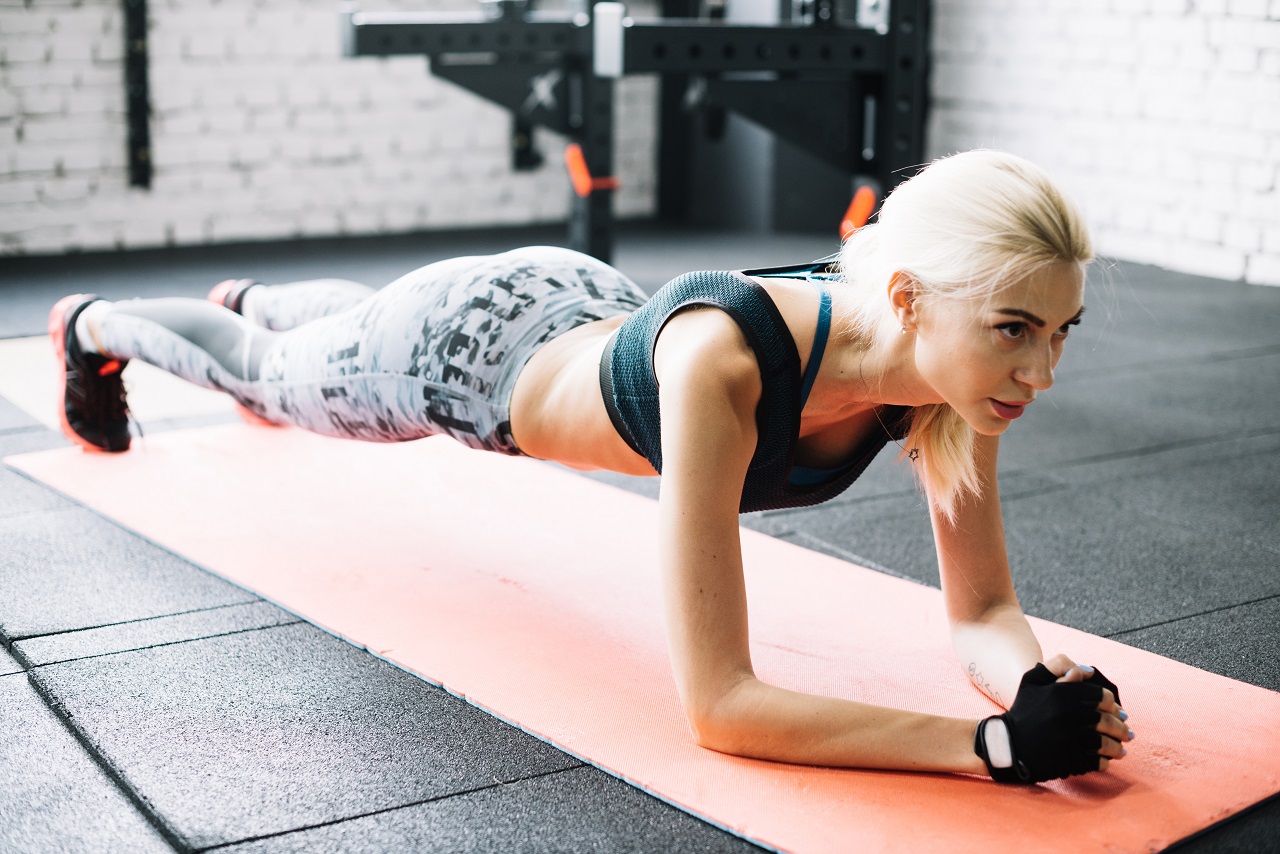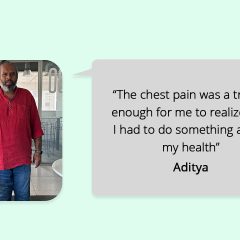
Taking care of the house is a never-ending job! I still remember my mother being so caught up with household chores that she never got the time to workout. One day when I got home after working out, I saw my mother doing the regular housework and an idea struck me! What if we can turn daily household chores into a workout routine?
Benefits of Turning Household Chores Into a Workout
Most people struggle with the fact that due to the lack of time, they skip working out. If you turn household chores into a workout routine, you’re killing two birds with one stone. You find your chores as well as get a good, light workout.
Like any other physical activity, housework can tone muscles if done correctly and in the right posture. It’s already proved that short bouts of relatively mild exercise can help improve your fitness levels, especially for those who do little or no physical activity or are just getting started. To top it off, this can help you break the monotony of routine and add a little bit of fun to completing chores.
Here’s How You Get Started
- Lunges (Vacuum Cleaning): While using the vacuum cleaner, you can walk in a lunges posture. Remember to keep your knees directly above your ankles, your back straight and your abs engaged. You will know this is working by feeling the pressure in your thighs and glutes. Lunges are a good exercise for strengthening, sculpting and building several muscles/muscle groups, including the quadriceps (or thighs), the gluteus maximus (or buttocks) and the hamstrings as well.
- Squats: Pick up items on the floor or tables by squatting. Keep your back straight, squat deeply by bending your knees. Hold for 15 seconds before rising up again. A Squat is an exercise that primarily trains the muscles of the thighs, hips and buttocks. It also works the quadriceps (vastus lateral, vastus medialis, vastus intermedius and rectus femoris), hamstrings, and strengthens the bones, ligaments as well as the insertion of the tendons throughout the lower body
- Make Sweeping Movements: Instead of cleaning haphazardly when scrubbing glass doors or cleaning windows, make long, sweeping movements. For instance, when you are cleaning the doors or windows, take long swipes from top to bottom, squatting (not bending) to reach the lower spots. This will give you a fantastic shoulder workout and engage your entire lower body. If you want you can also hold a small bucket of water in your other hand to increase the strength of your arms.
- Sweeping: While sweeping, tuck your stomach and oblique muscles in, keep your back straight and bring the bristles of the broom as far as possible and pull in.
- Dance on the Beat: Turn on the music system while doing household chores and dance to the music the way you want. Try to use some fast music so you’ll be encouraged to pick up your speed and break a sweat. If you’re wondering how dancing helps your health, click here.
- Step it up: Use a stepladder, stairs or step stool when you need to reach high areas. Try to repeat the same steps 8-10 times. Trust me, this is a really great exercise for your hamstrings, provided you keep your back straight. You can simulate your own step aerobics session this way!
- Loading the Washing machine: When you are loading or unloading your washing machine, just twist and move more. This movement will help to strengthen your core.
- Sculpt and Fold: Lifting laundry can be the toughest part of your routine. Tone your arms by holding them raised at 90° angle as you carry the laundry basket. Use the squats and lunges posture with your legs as your fold.
- Take a Swing. Instead of cleaning your rugs, carpets, sheet using a vacuum cleaner, take them outside, hang them up, pick up your broom and show your muscular talent! Swing away to beat out the dust and dirt. Performing this activity will help you involve more muscles than vacuuming alone and help you get some fresh air as well.
- Always Prefer Stairs: Instead of making one trip up and down, try to convert it into multiple trips with the clean or dirty clothes. Remember, we have a target to do more work as a workout, not less work with the help of machines!
What are you waiting for! Make your household chores something to look forward to by turning them into a workout. Try this for a week and let us know if you see any changes. Leave your thoughts in the comments below!
Find more tips on exercising and workouts here. If you need help with your workouts, learn from the best by signing up for an interactive GOQii PRO class where you’ll be guided in real-time by a certified expert. Book a class now from the GOQii App.
#BeTheForce
 Either you or somebody you know might be on some kind of long term medications! I am not talking about somebody who takes an aspirin or a paracetamol or some antipyretic. When I say long term medications, I am talking about cholesterol, blood pressure and blood sugar lowering drugs. When a patient usually gets on any of these drugs there are high chances that they are on them forever!
Either you or somebody you know might be on some kind of long term medications! I am not talking about somebody who takes an aspirin or a paracetamol or some antipyretic. When I say long term medications, I am talking about cholesterol, blood pressure and blood sugar lowering drugs. When a patient usually gets on any of these drugs there are high chances that they are on them forever!
 अमूमन जब आप आपने बॉडी शेप में आने के लिए एक नया वर्कआउट रूटीन सेट करते है, तो आपके इरादे अक्सर आपके एक्शन से मेल नहीं खाते। आपको एहसास होने लगता है कि कुछ हासिल करने का इरादा रखने और उस इरादे को पूरा करने के लिए वास्तव में काम करने के बीच एक बड़ा अंतर है। इसके बारे में खुद को परेशान नहीं करने की जरूरत है। हमेशा कोई न कोई रास्ता होता है जो इस अंतर को कम कर सकता है। आइए कुछ तरकीबों पर गौर करें जो वर्कआउट को आपकी आदत बनाने में आपकी मदद कर सकते हैं!
अमूमन जब आप आपने बॉडी शेप में आने के लिए एक नया वर्कआउट रूटीन सेट करते है, तो आपके इरादे अक्सर आपके एक्शन से मेल नहीं खाते। आपको एहसास होने लगता है कि कुछ हासिल करने का इरादा रखने और उस इरादे को पूरा करने के लिए वास्तव में काम करने के बीच एक बड़ा अंतर है। इसके बारे में खुद को परेशान नहीं करने की जरूरत है। हमेशा कोई न कोई रास्ता होता है जो इस अंतर को कम कर सकता है। आइए कुछ तरकीबों पर गौर करें जो वर्कआउट को आपकी आदत बनाने में आपकी मदद कर सकते हैं!


